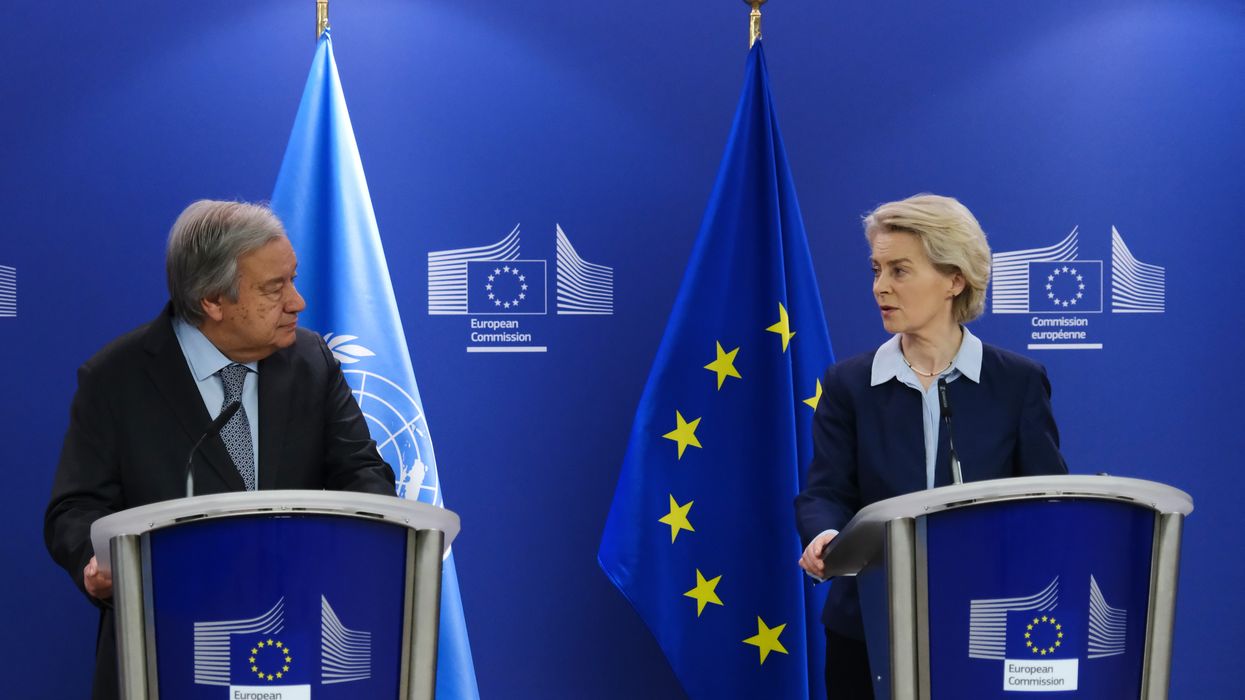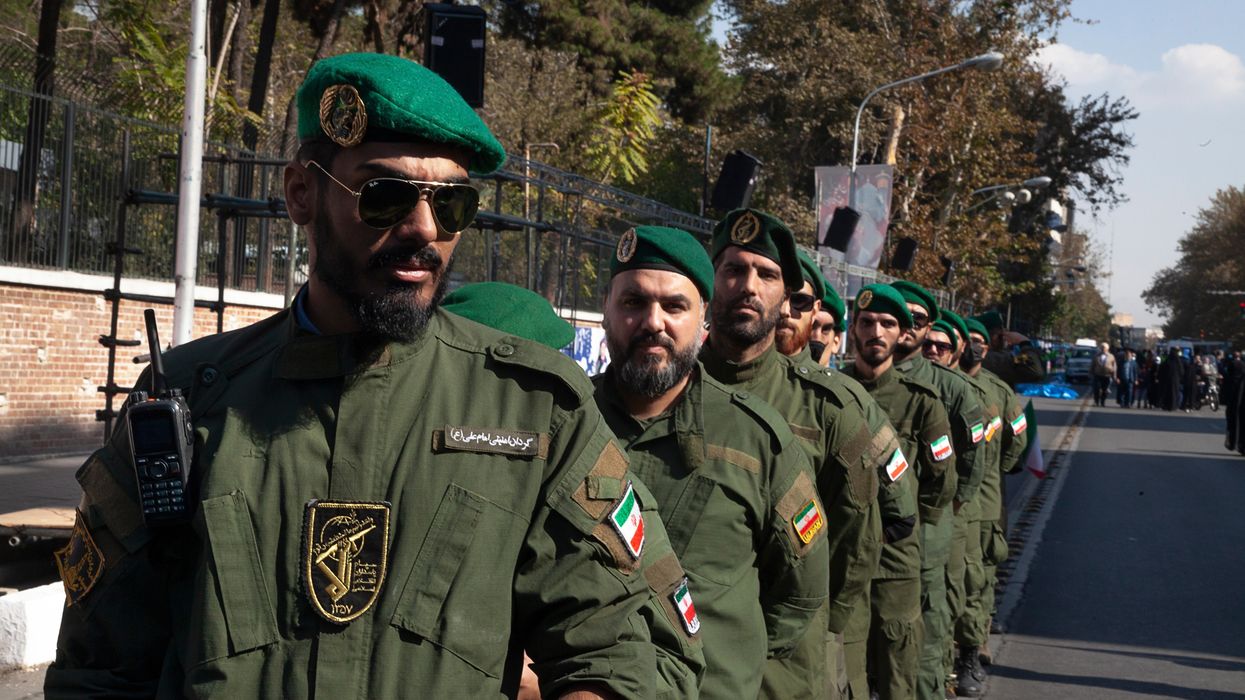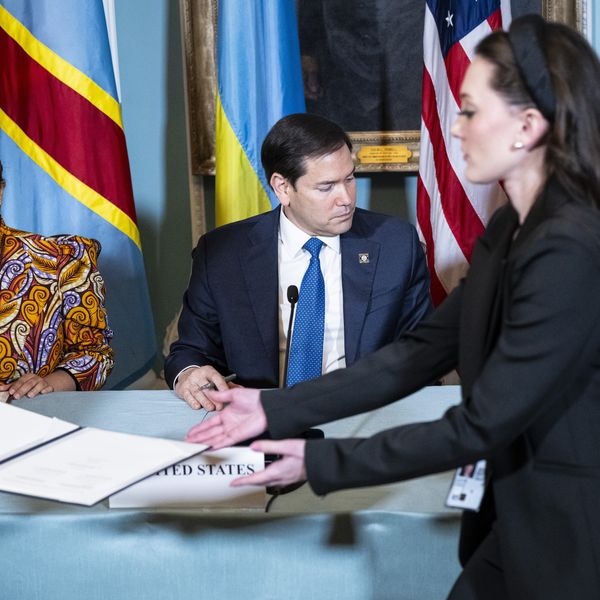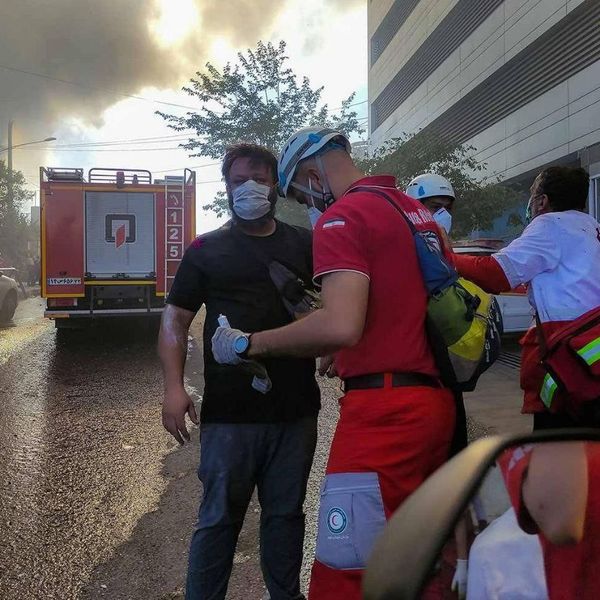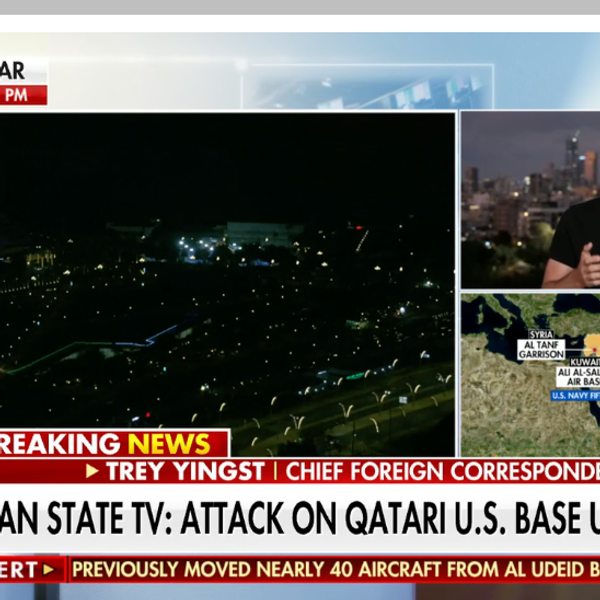Supporters of last month’s coup in Niger have started recruiting volunteers to fight a potential military intervention from the Economic Community of West African States (ECOWAS), according to AP News. The report comes just days after ECOWAS announced that it had activated a “standby force” that was prepared to invade Niger and reinstate democratically elected President Mohamed Bazoum.
It’s hard to say whether ECOWAS will make good on its threats, especially given the domestic security challenges facing Nigeria, which would generally be expected to lead any military intervention. Further complicating the matter is the fact that Burkina Faso and Mali — both of which are currently ruled by military juntas — have threatened to fight alongside Niger’s putschists if the bloc moves to invade the country.
For now, all eyes are on the impromptu ECOWAS summit in Ghana this Thursday and Friday, which could give a clearer indication of whether a regional war is on the horizon. In the meantime, the episode has shone a bright light on the U.S. military presence in the country, raising questions about whether American forces will have to leave a large drone base that officials consider crucial to regional counter-terrorism operations.
The base, located near the small northern city of Agadez, is the primary launching point for nearly all of Washington’s intelligence and surveillance operations in West Africa. America’s drone fleet for the region, which previously operated from the base, has been grounded since the coup following the junta’s decision to close Nigerien airspace.
The U.S. presence in Niger dates back to 2002, when the George W. Bush administration was winding up its so-called “Global War on Terror.”
“The idea was that the U.S. was going to wage preemptive war, really getting to root out the source of potential terrorist attacks,” explained Stephanie Savell, the co-director of the Costs of War project at Brown University, in a recent Quincy Institute panel.
Washington spent $110 million building the base near Agadez and has poured at least $500 million of security aid into the country since 2012. The U.S. has also dedicated significant time to training Nigerien officers and assisting them in missions aimed at rooting out terror groups that have taken hold in the country in recent years. Today, there are roughly 1,100 American soldiers permanently stationed in the country.
As journalist Nick Turse has shown, there’s reason to believe that the U.S. presence in Niger has had a negative impact on the country’s security. Attacks have gone up dramatically since the U.S. began to operate in the region, and at least five of the junta leaders received training from the U.S. military, suggesting that American influence has done little to encourage respect for democracy in the Nigerien ranks.
Notably, many ongoing security problems in the region date back to the 2011 NATO intervention in Libya, Niger’s northern neighbor. “Current instability is associated with the collapse of the Libyan state in 2011, which led to the proliferation of weapons and armed fighters in the region,” explained a recent report from the Council on Foreign Relations. With an abundance of black market weapons available, jihadist groups have created instability across the Sahel, opening the door for a series of military coups.
Now, the United States finds itself in a bind. American officials have taken some steps to reduce cooperation with Niger in the short term, according to the Department of Defense. “We have paused, on an interim basis, security cooperation efforts and are not conducting military training while we monitor this evolving situation,” a Pentagon spokesperson told RS. “We’re focused on a diplomatic solution to preserve Niger’s hard-earned democracy.”
At the same time, U.S. officials have made clear that the Pentagon will not leave Niger of its own volition. “The only way this mission ends is if the Nigerien government asks us to leave,” an anonymous U.S. official told Reuters. “It's too important for us to abandon.”
So far, the junta has opted not to pick a fight with Washington. Instead, coup leader Abdourahamane Tiani has set his sights on France, ripping up a series of military cooperation agreements and demanding that French forces leave the country. Paris, for its part, has declined to withdraw the 1,500 troops it currently has stationed in Niger, arguing that any decisions made by the junta are illegitimate.
Many analysts argue that the U.S. would likely have to leave if the military threats from ECOWAS turn into a reality. “I would imagine if an ECOWAS invasion happened, and there was a regional war, I think that would really put the Defense Department in a tricky position,” argued Sarah Harrison of the International Crisis Group in a recent panel sponsored by the Forum on the Arms Trade.
In case of an invasion, Harrison said, the U.S. would likely have to withdraw “just for force protection issues.” (One need not have a vivid imagination to see how a decision to keep American troops in the country could lead to a “Black Hawk Down”-esque situation, with all its attendant moral and political costs.)
Another situation that could force U.S. soldiers to leave — or at least reduce their role in the country — is if the junta manages to hold onto power. “If [the coup] is not reversed, it's going to be hard as a policy matter to stay,” Harrison argued. “The U.S. is there training and equipping Nigerien forces, and a lot of that is going to be off limits.”
Given these challenges, some analysts see the coup as an opportunity for American policymakers to shift gears and try a new approach to improving security and building state capacity in West Africa.
“What this moment really calls us to do, in the United States, is to see this as a wake up call that a dramatically different kind of an approach is needed,” argued Savell. “Let’s be courageous enough to say what we’ve done so far hasn’t worked.”


